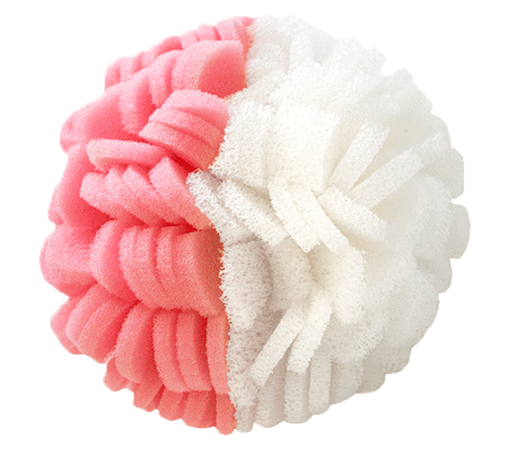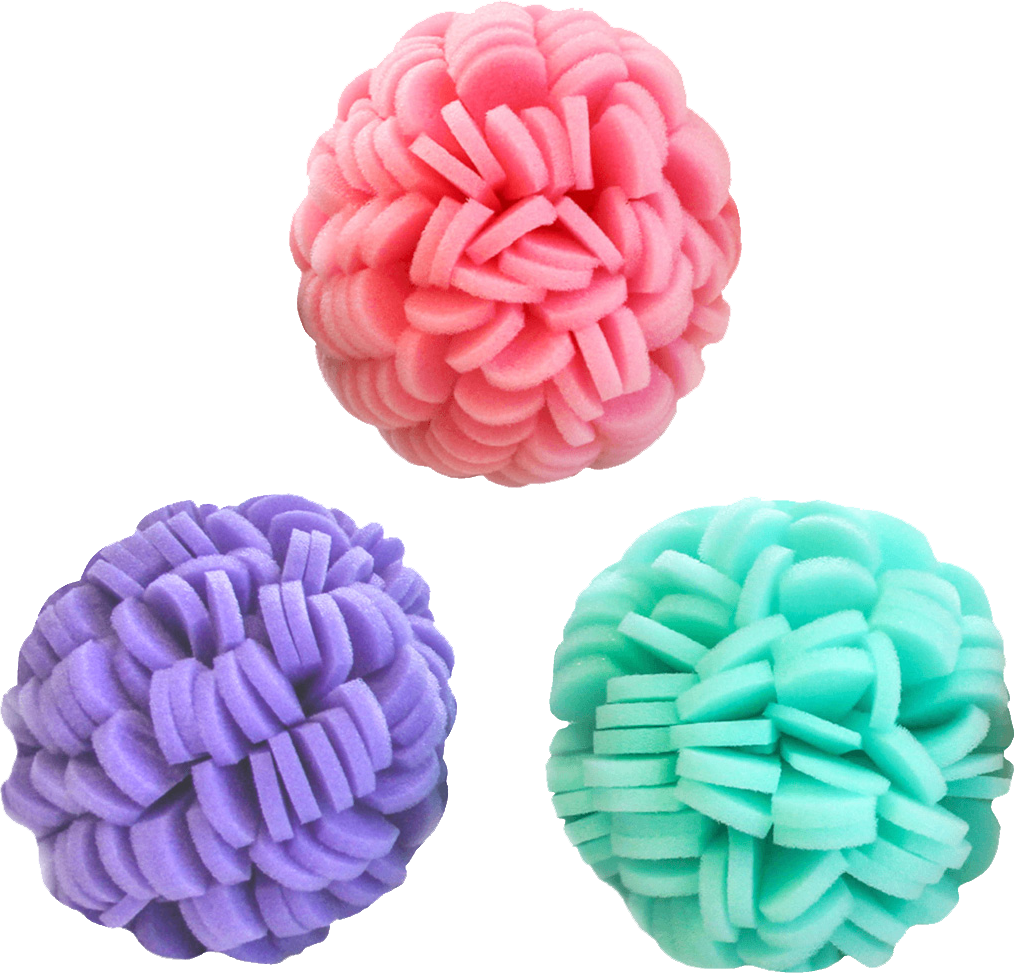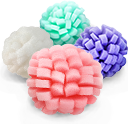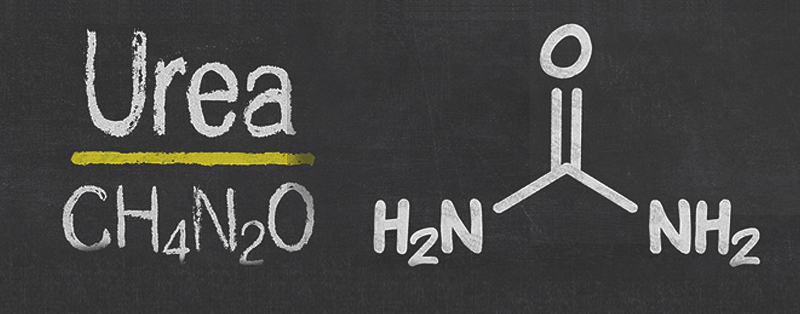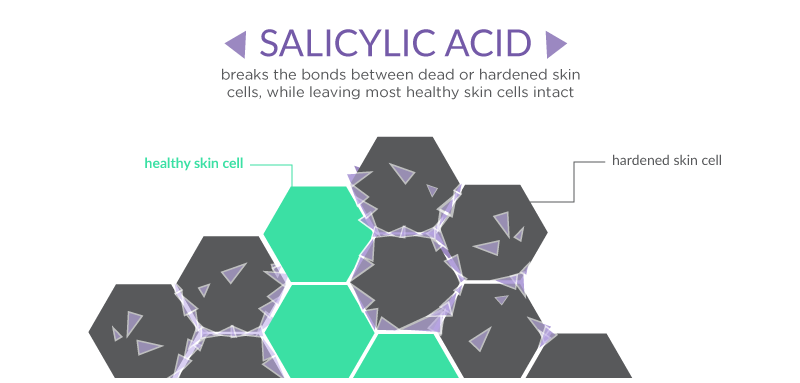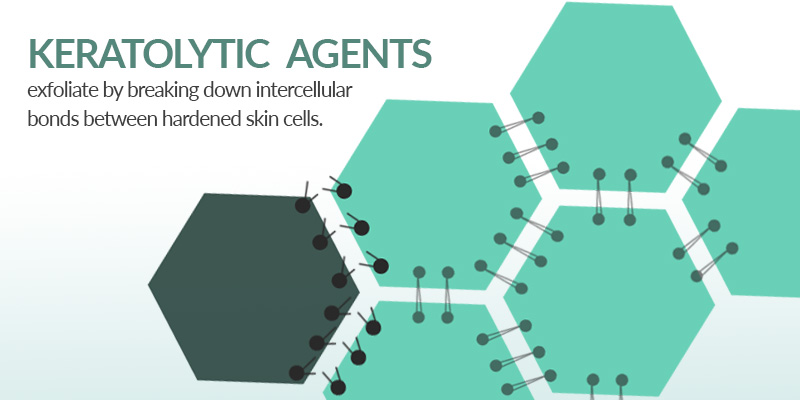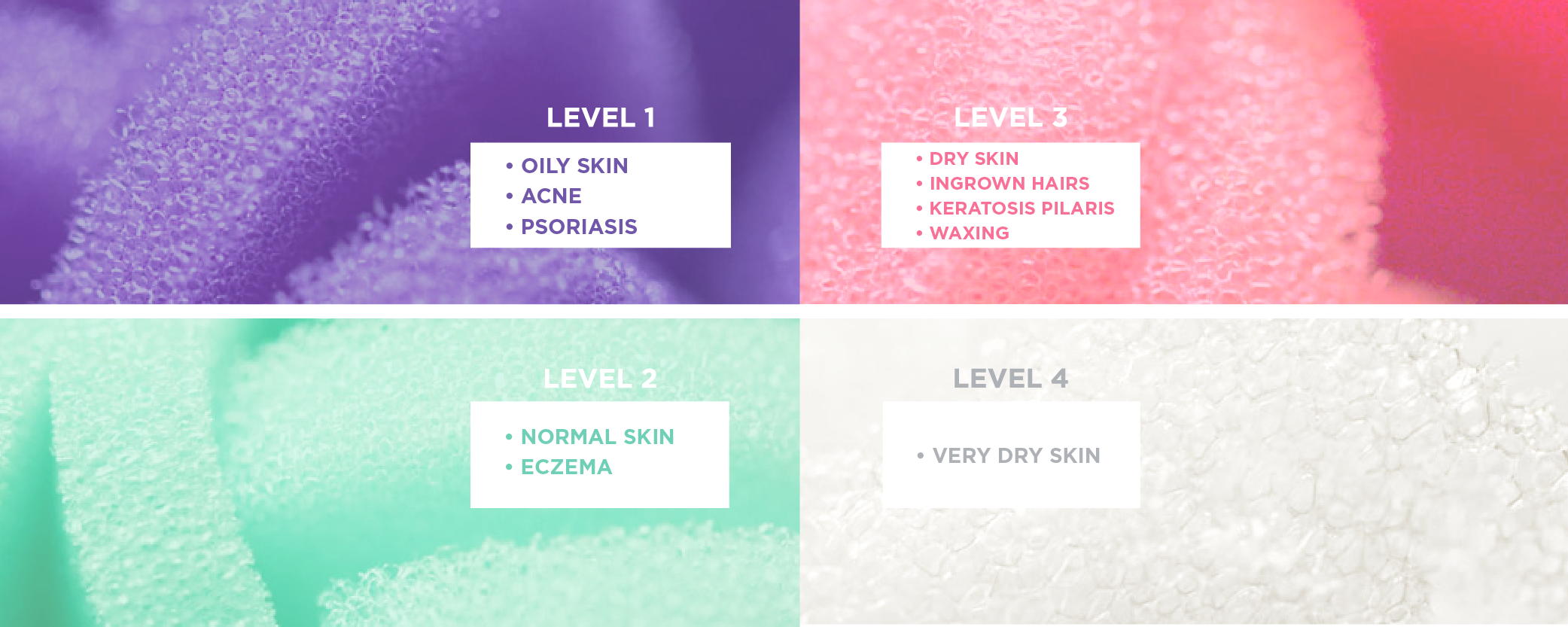Fortunately, keratosis pilaris, or KP, is not a life-threatening or contagious condition, but it can still be rather stubborn when it comes to treatment. But what ingredients are best when it comes to exfoliating KP skin? According to Dr. Cynthia Bailey, some of the best ingredients include urea, salicylic acid, and glycolic acid (Dr. Cynthia Bailey Skincare). Below we’ve briefly discussed what each of these ingredients can do for to treat KP skin.
Urea
Although it doesn’t receive the publicity of salicylic acid, urea is still a great exfoliating ingredient. It is believed that urea works by breaking down the hydrogen bonds in one’s skin and by breaking down keratin (Dermatology Online Journal), thus suggesting that it would be of great benefit in sloughing away the hardened keratin and dead skin that can result in keratosis pilaris. In further support, research from the journal Pharmazie found that 40% urea paired with salicylic acid exhibited keratolytic activity in experimental subjects. As an added bonus, urea is believed to improve skin barrier functioning, hydrate the skin, and even encourage longer periods of remission in those suffering from eczema ( Journal of Investigative Dermatology, Journal of the European Academy of Dermatology and Venereology). Even better, topically-applied urea used in a 40% concentration has been shown to improve skin dryness, skin thickness, rough skin texture, and reduce the total number of fissures in those suffering from moderate to mild xerosis (American Journal of Clinical Dermatology). Research published in Current Medical Research and Opinion similarly found that a treatment containing arginine, carnosine, and urea encouraged desquamation and returned hydration to severely xerotic feet over an 8-month trial.
Salicylic acid
Boy oh boy, do we love salicylic acid. This potent exfoliating ingredient breaks down intercellular bonds between hardened skin cells, thus allowing more regular cell turnover and for healthy cell to shine through (British Journal of Dermatology, Archives of Dermatological Research). Even better, evidence suggests that salicylic acid is more effective than benzoyl peroxide when it comes to treating breakouts and can even treat postinflammatory hyperpigmentation (Clinical Therapy, Dermatologic Surgery). Salicylic acid also absorbs more quickly into and remains within dry/lesioned skin for a longer period than in healthy skin (Clinics in Dermatology), meaning that for those of us with KP skin, salicylic acid works extra hard to eliminate buildup of dead skin cells.
Glycolic acid
When it comes to hard-working ingredients, it is hard to beat glycolic acid. Glycolic acid a potent keratolytic agent whose exfoliative properties can result in improved skin texture and enhanced collagen production, among numerous other benefits (Indian Journal of Dermatology) For example, an 8% glycolic acid treatment improved the appearance of photodamage and sallowness when applied over 22 weeks , according to research published in Archives of Dermatology. Topically-applied glycolic acid has similarly been linked to mild photoprotection (approximately an SPF of 2.4) and soothing erythema triggered by UV radiation (Dermatologic Surgery). Research has also linked glycolic acid to improving the appearance of acne. According to research published in Dermatologic Surgery, experimental participants who were treated with 35% glycolic acid and 50% glycolic acid peels once every 3 weeks for 10 weeks saw a significant reduction in the number of breakout lesions, reduction in pore size, and an overall improved vibrancy in participants’ skin. When used in a 70% concentration and applied on a minimum of 6 different occasions, evidence from the International Journal of Dermatology suggests that glycolic acid peels caused noteworthy improvements in atrophic acne scars. Even better, research from the journal Experimental Dermatology found that topically-applied glycolic acid accelerates collagen synthesis (creation and development) by fibroblasts, thus creating skin which is more healthy, supple, and strong. Additionally, glycolic acid is believed to manage matrix degradation and collagen synthesis through keratin-released cytokines, thus offering a potential explanation as to how glycolic acid can treat photodamaged skin (Experimental Dermatology, Clinical, Cosmetic and Investigational Dermatology).
But What Does KP Skin Have to do with ViaBuff?
Bottom Line
Although not exhaustive, we wanted to spotlight some of the best ingredients for KP skin. Urea is a great selection because not only does it exfoliate the skin, but it also hydrates the skin and may be able to prevent a buildup of dry skin cells. Salicylic acid is one of dermatology’s top keratolytic ingredients, but has also demonstrated an ability to treat acne lesions. Finally, glycolic acid, one of skincare’s most multi-beneficial ingredients, can exfoliate the skin, improve the appearance of photodamage, encourage collagen production, and improve the appearance of acne scars, among numerous other benefits.

